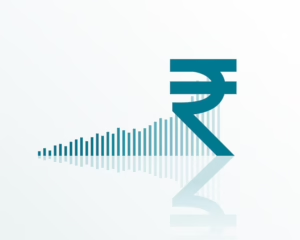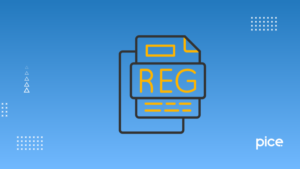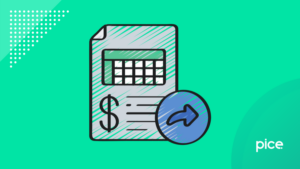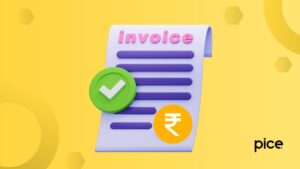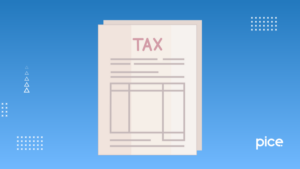Know about Doctrine of Unjust Enrichment in GST
- 30 Dec 24
- 8 mins
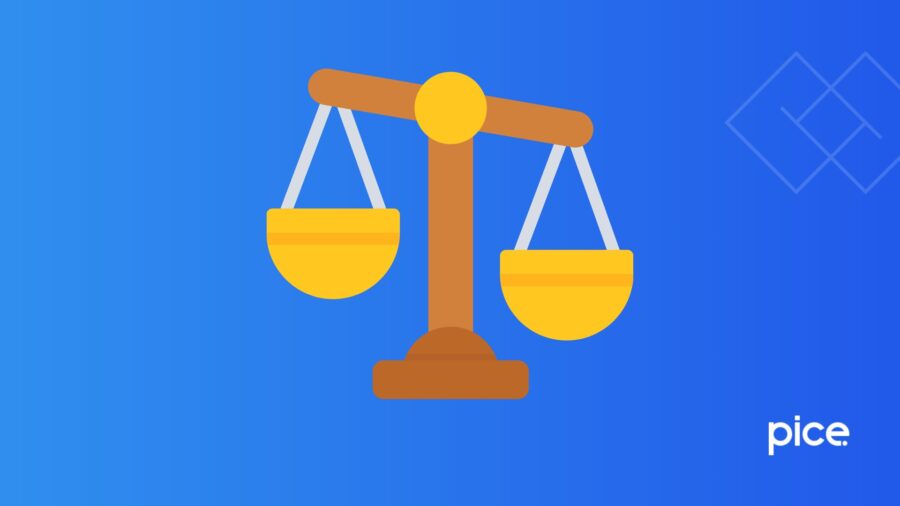
Know about Doctrine of Unjust Enrichment in GST
- Unjust Enrichment Under the Goods and Services Tax Act
- Refund of GST – Doctrine of Unjust Enrichment
- Steps for Tracking Your Goods and Services Tax Refund
- Understanding the Mechanism of Unutilised ITC Refund on Zero-Rated Supplies
- Proofs Required for Application of Principle of Unjust Enrichment
- Steps to File a GST Refund
- Conclusion
Key Takeaways
- "Unjust enrichment" ensures fairness in GST refund claims by preventing undue financial gains.
- Refunds for exports, zero-rated supplies, and incorrect tax payments are exempt from the unjust enrichment test.
- Suppliers of zero-rated supplies can claim unutilised ITC refunds without passing the unjust enrichment test.
- CA/CWA certification is mandatory for refund claims exceeding ₹2 lakh under GST rules.
- GST refunds can be easily filed and tracked through the GST portal for compliance and transparency.
Implemented on July 1, 2017, the Goods and Service Tax streamlined the indirect tax structure by subsuming multiple taxes under a single head. This was done to achieve the aim of "One nation, One tax." Among the many provisions of GST, the doctrine of unjust enrichment is an important principle that ensures fairness and equity in the refund process.
In this blog, we will explore the concept of unjust enrichment under the GST Act, its application in refund claims, and the steps to file and track a Goods and Service Tax refund claim.
Unjust Enrichment Under the Goods and Services Tax Act
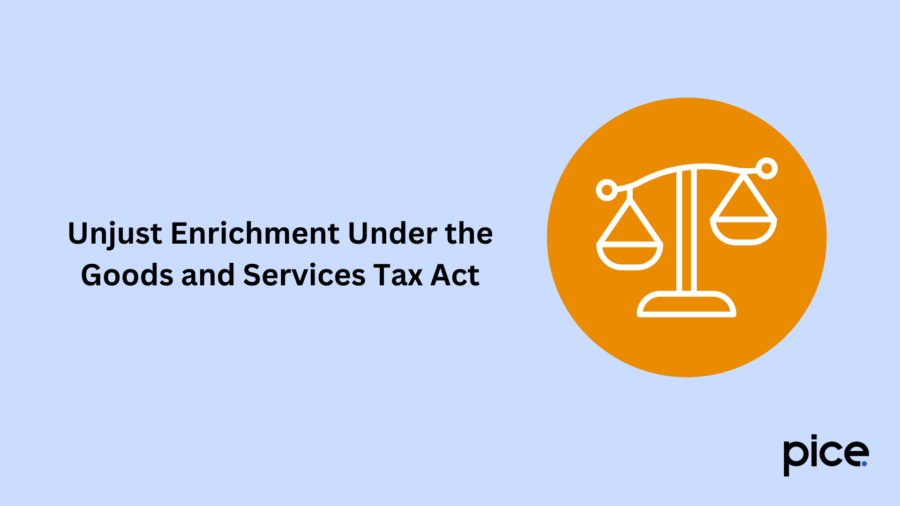
Goods and Services Tax (GST) is an indirect taxation, whose incidence the customer needs to bear, assuming that the business owner will transfer the incidence of GST to the final consumer. This is why any refund claim is required to qualify for the test of 'unjust enrichment.' If any refund claim is punished, it must be transferred to the 'Consumer Welfare Fund'.
However, the test does not apply to refunds of accumulated Input Tax Credit (ITC), a refund of incorrect tax payments, refunds in cases of exports, refunds on tax payments on supplies and more. In addition to this, it is necessary to carry out the 'unjust enrichment' test for the applicant to receive the claim amount.
You can only claim a refund with respect to:
1. Tax payment for outward zero-rated supplies
2. Tax payment on inputs utilised in the process of making outward zero-rated supplies
3. The refund of the balance that is not utilised in the electronic cash ledger due to either an inverted duty structure (the rate of tax on inputs is more than the rate of tax on output supplies) or zero-rated outward supplies that are supplied without any tax payment.
4. Claiming of refund is made due to tax payment made wrongly to the Union Territory or Central or State government
5 If the incidence of tax and interest have been transferred to people as per Government specifics
Refund of GST – Doctrine of Unjust Enrichment
Under the system of GST, it is often pre-assumed that the incidence of GST will be shifted by the owner to the final customer. This is because the Goods and Services Tax is an indirect tax, and the end consumer needs to bear the incidence of tax. Therefore, every sanctioned refund claim needs to pass the 'Unjust Enrichment' test. The transfer is made to the Consumer Welfare Fund first.
This does not apply to the following cases:
1. GST refund where the wrong tax has been paid. For instance, if payment of IGST is done instead of CGST + SGST and vice versa
2. Refund of Goods and Service Tax in cases of exports.
3.Refund of Goods and Services Tax payment on a supply that has not been provided
4. In case the applicant has not transferred the incidence of tax to another person, then:
If the GST refund claim is less than ₹200,000, then a self-declaration on the incidence of GST not being transferred to someone by the applicant is necessary for the process of a GST refund claim.
If the GST refund claim exceeds ₹200,000, you need to provide a certificate from the CA/ CWA.
- Refund of GST on a supply which led to the issuance of a GST refund voucher.
Steps for Tracking Your Goods and Services Tax Refund
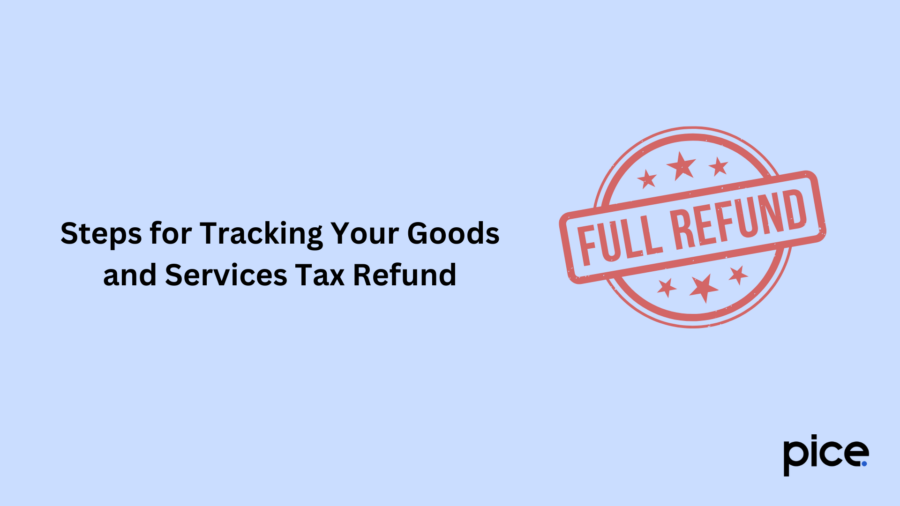
Follow the steps below to track your refund of Goods and Services (GST) claim on a real-time basis:
Step 1: Navigate to the 'Services' section on the GST portal.
Step 2: Choose 'Track Application Status'.
Step 3: Tap on 'Refund'.
Step 4: Enter your Application Reference Number (ARN).
Step 5: Finally, tap on 'Search'.
Understanding the Mechanism of Unutilised ITC Refund on Zero-Rated Supplies
Under GST, if a supplier or vendor makes zero-rated supplies (exports or supplies to Special Economic Zones), he/she is eligible for an unjustified refund claim of unutilised ITC according to Rule 89(4). In this case, the concept of unjust enrichment is not applicable as it is a zero-rated supply. The law of GST provides these refunds for promoting export products and supplies to Special Economic Zones without any tax burden. Let us understand the refund mechanism better with an example.
\If a supplier or vendor makes a sale of ₹1 lakh and receives a GST payment of ₹15,000, it is applicable for a refund for the unutilised input tax credit under Rule 89(4). As the supply is zero-rated, the claim of a refund of payment of tax on inputs or input services that are not utilised is applicable.
For zero-rated supplies, the supplier will not either collect tax from the buyer (assuming the supply is made under a letter of undertaking or bond) or collect and then claim a refund. In this case, the refund of ₹15,000 is related to the unutilised input tax credit (ITC) as the output is supplied or exported to a Special Economic Zone (SEZ) without tax payment.
Proofs Required for Application of Principle of Unjust Enrichment
The doctrine of unjust enrichment is applicable only in cases with revenue having cogent evidence of the GST incidence being transferred to another person. The incidence of GST is considered to be transferred from one person to another if you can recover the GST from another person.
If the claim of refund is more than ₹2 lakh, attaching a certificate in Annexure 2 of GST RFD-01 is compulsory. A cost accountant or a chartered accountant needs to issue Annexure 2.
As per Sec 57 of the CGST Act 2017, it is necessary to transfer the specific refund amount to the Consumer Welfare Fund, if the claim of refund does not pass the unjust enrichment test. In this case, the customer will not be able to utilise the amount. The government will use this amount for the purpose of consumer welfare.
Steps to File a GST Refund
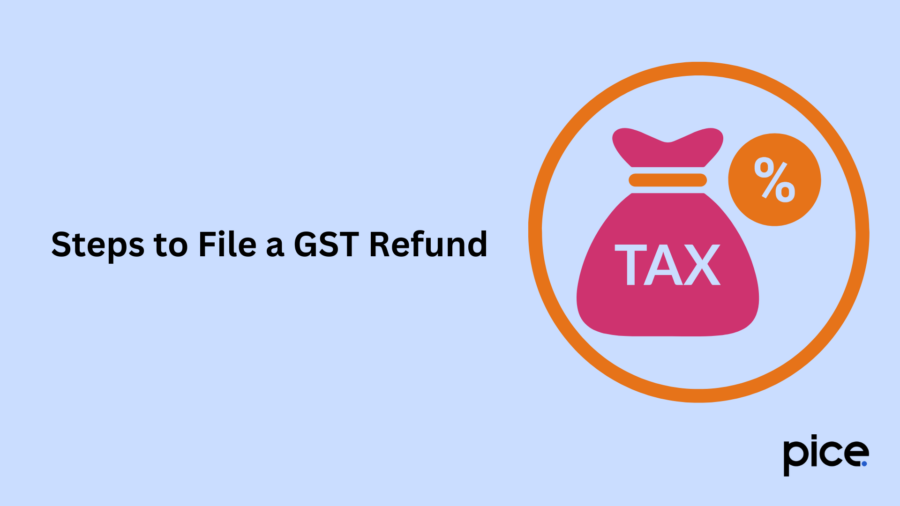
Follow the steps below to file a GST refund in RFD-01:
Step 1: Sign in to the official portal of GST, navigate to 'Services', tap on 'Refunds' and select 'Application of Refund'.
Step 2: On that particular page, choose the type of refund or reason for the refund claim and tap on 'Create Refund Application'.
Step 3: Choose the tax period where the refund is applicable. On the dialogue box, select between 'Yes' or 'No. In case it is a nil refund application, you can tick the checkbox or proceed using digital signatures like DSC or EVC. However, this does not apply to some refunds. Some of them are interstate supply considered as intrastate supply and vice versa, excess cash ledger balance, etc.
Step 4: Provide the necessary details on the page that will be displayed, on the basis of the refund that you select.
Conclusion
The unjust enrichment doctrine under Goods and Services Tax is a crucial component of India's tax framework. It ensures equity in the refund process. By preventing undue financial gains and safeguarding consumer interests, this unjust enrichment principle upholds the integrity of the system of GST.
The three fundamentals are the benefit of one person at the expense of another person, making the benefitted person liable to compensate for the other person. Apart from business compliance, understanding the principle will help you maintain compliance with tax laws.
💡If you want to streamline your payment and make GST payments, consider using the PICE App. Explore the PICE App today and take your business to new heights.
 By
By 





